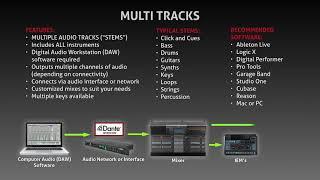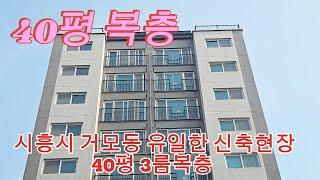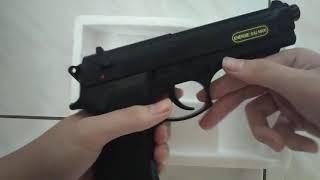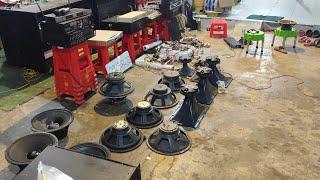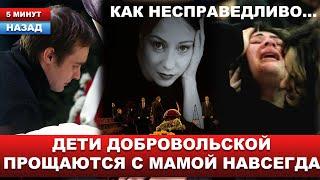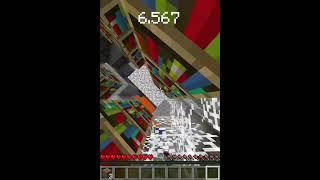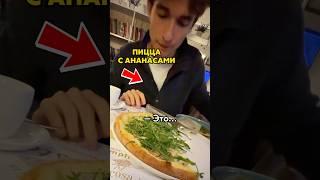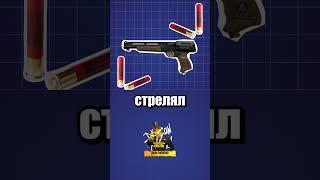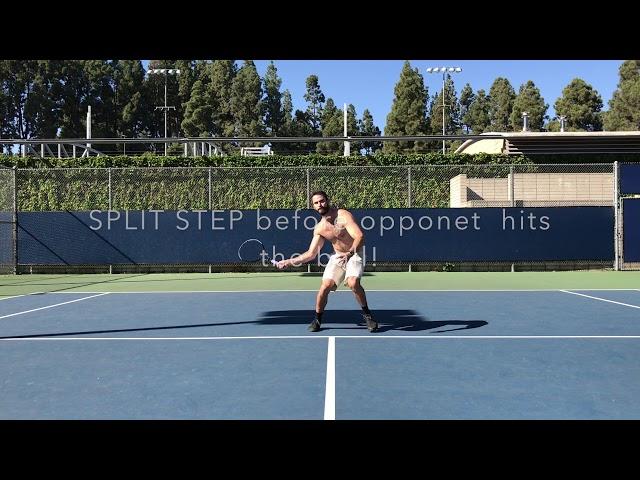
The Importance of the Split Step
Cross & Pollard found that high-level tennis players performing a simulated split-step had shorter reaction & movement times than beginners 1. A split-step is a small vertical jump or hop commonly used as a preparatory motion for a lateral step when receiving the ball 2.
In tennis, players use a split-step before executing a movement in order to improve the efficiency & quickness of that movement 3.
In short, elite tennis players tap into the stretch-shorten cycle, which allows elastic energy to be stored in muscle during the eccentric pre-stretch phase & partially recovered, such that the concentric phase is enhanced. It has been found that greater than 75 % increase in concentric force, acceleration phase, is due to the stretch-shortening cycle 4.
Research has shown benefit in performance from these two factors, particularly the muscle eccentric pre-stretch & is critical to success in sports such as tennis 5,6.
The split-step, an integral part of preparing for a volley, return of the serve or groundstroke, places the quadriceps muscle into a stretch, permitting the storage & subsequent release of energy to enhance quick movement in advance of the subsequent stroke 3.
In a simulated tennis response situation, Smekal et al examined the benefit of a split-step. High- level tennis players performing a split-step that benefitted from the stretch-shortening type of muscle action used different ankle joint movement strategies & were able to start the movement faster 7.
The key to the recovery of the elastic energy is the timing b/w the stretch & shorten phases of the motion. The benefit of this stored energy is reduced if a delay occurs b/w these phases of the movement 3.
For example, in the bench press, after a period of about 1 sec, 55% of the stored energy was lost 8.
Furthermore, Elliott et al showed that speed of internal rotation of the upper arm was increased by approx. 20% for a no-pause compared with a 1.5 second pause condition during serve 9.
In tennis it is therefore essential that only a short pause occurs between the backswing & forward swing phases of stroke production or at maximum knee flexion during the serve, & relative to today’s topic…THE SPLIT STEP 3!
1) Cross, R., & Pollard, G. 2011. Gr& Slam men’s singles tennis 1995-2009 Part 2: Points, games & sets. CSSR, 53, 3-6.
2) Torres-Luque, G., Cabello-Manrique, D., Hern&ez-Garcia, R., & Garatachea, N. 2011. An analysis of competition in young tennis players. European Journal of Sport Science, 11 1, 39-43.
3) Elliott, B. 2006. Biomechanics & tennis. British journal of sports medicine, 40 5, 392-396.
4) Albert, M. 1995. Eccentric muscle training in sports & orthopaedics. Churchill Livingstone.
5) Walshe, A. D., Wilson, G. J., & Ettema, G. J. 1998. Stretch-shorten cycle compared with isometric preload: contributions to enhanced muscular performance. Journal of Applied Physiology, 84 1, 97-106.
6) Davies, G., Riemann, B. L., & Manske, R. 2015. Current concepts of plyometric exercise. International journal of sports physical therapy, 10(6), 760.
7) Smekal, G., Von Duvillard, S. P., Rihacek, C., Pokan, R., Hofmann, P., Baron, R., ... & Bachl, N. 2001. A physiological profile of tennis match play. Medicine & science in sports & exercise, 33 6, 999-1005.
8) Wilson, G. J., Elliott, B. C., & Wood, G. A. 1991. The effect on performance of imposing a delay during a stretch-shorten. Medicine & Science in Sports & Exercise, 23 3, 364.
9) Elliott, B. C., Baxter, K. G., & Besier, T. F. 1999. Internal rotation of the upper-arm segment during a stretch-shorten cycle movement. Journal of Applied Biomechanics, 15 4, 381-395.
In tennis, players use a split-step before executing a movement in order to improve the efficiency & quickness of that movement 3.
In short, elite tennis players tap into the stretch-shorten cycle, which allows elastic energy to be stored in muscle during the eccentric pre-stretch phase & partially recovered, such that the concentric phase is enhanced. It has been found that greater than 75 % increase in concentric force, acceleration phase, is due to the stretch-shortening cycle 4.
Research has shown benefit in performance from these two factors, particularly the muscle eccentric pre-stretch & is critical to success in sports such as tennis 5,6.
The split-step, an integral part of preparing for a volley, return of the serve or groundstroke, places the quadriceps muscle into a stretch, permitting the storage & subsequent release of energy to enhance quick movement in advance of the subsequent stroke 3.
In a simulated tennis response situation, Smekal et al examined the benefit of a split-step. High- level tennis players performing a split-step that benefitted from the stretch-shortening type of muscle action used different ankle joint movement strategies & were able to start the movement faster 7.
The key to the recovery of the elastic energy is the timing b/w the stretch & shorten phases of the motion. The benefit of this stored energy is reduced if a delay occurs b/w these phases of the movement 3.
For example, in the bench press, after a period of about 1 sec, 55% of the stored energy was lost 8.
Furthermore, Elliott et al showed that speed of internal rotation of the upper arm was increased by approx. 20% for a no-pause compared with a 1.5 second pause condition during serve 9.
In tennis it is therefore essential that only a short pause occurs between the backswing & forward swing phases of stroke production or at maximum knee flexion during the serve, & relative to today’s topic…THE SPLIT STEP 3!
1) Cross, R., & Pollard, G. 2011. Gr& Slam men’s singles tennis 1995-2009 Part 2: Points, games & sets. CSSR, 53, 3-6.
2) Torres-Luque, G., Cabello-Manrique, D., Hern&ez-Garcia, R., & Garatachea, N. 2011. An analysis of competition in young tennis players. European Journal of Sport Science, 11 1, 39-43.
3) Elliott, B. 2006. Biomechanics & tennis. British journal of sports medicine, 40 5, 392-396.
4) Albert, M. 1995. Eccentric muscle training in sports & orthopaedics. Churchill Livingstone.
5) Walshe, A. D., Wilson, G. J., & Ettema, G. J. 1998. Stretch-shorten cycle compared with isometric preload: contributions to enhanced muscular performance. Journal of Applied Physiology, 84 1, 97-106.
6) Davies, G., Riemann, B. L., & Manske, R. 2015. Current concepts of plyometric exercise. International journal of sports physical therapy, 10(6), 760.
7) Smekal, G., Von Duvillard, S. P., Rihacek, C., Pokan, R., Hofmann, P., Baron, R., ... & Bachl, N. 2001. A physiological profile of tennis match play. Medicine & science in sports & exercise, 33 6, 999-1005.
8) Wilson, G. J., Elliott, B. C., & Wood, G. A. 1991. The effect on performance of imposing a delay during a stretch-shorten. Medicine & Science in Sports & Exercise, 23 3, 364.
9) Elliott, B. C., Baxter, K. G., & Besier, T. F. 1999. Internal rotation of the upper-arm segment during a stretch-shorten cycle movement. Journal of Applied Biomechanics, 15 4, 381-395.
Тэги:
#Tennis #tennis_drills #tennis_performance_drills #Tennis_coach #Tennis_physical_therapy #Sports_performance_drills #biomechanicsКомментарии:
The Importance of the Split Step
Tennis Prehab Lab
PraiseCharts | Audio Tracks Overview & Comparison
PraiseCharts
Homenagem Ludmila Ferber - Ana Paula Valadão, Lu Alone e Marcos Freire | Troféu Gerando Salvação
Troféu Gerando Salvação
분양번호 1226 거모동신축아파트 40평 복층 안산역 차량5분 거모동 유일한 신축 3룸복층현장 거모동신축빌라
집모아분양TV 신축빌라 아파트 모든정보
Fitness with Apple Vision Pro!
Connect The Watts
Drew Drechsel Training 2019
Ninja Warrior Fanclub
Trep 750 600k loa 4 1 cặp 500k âmly 350k v.v.v.v..v.
hiếu am thanh TC an giang

